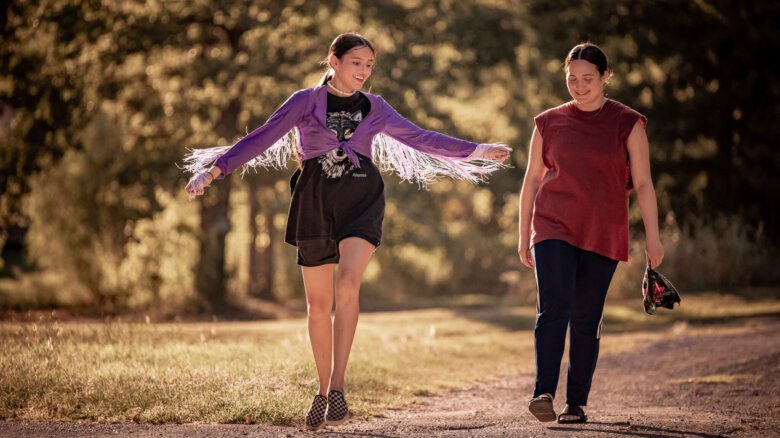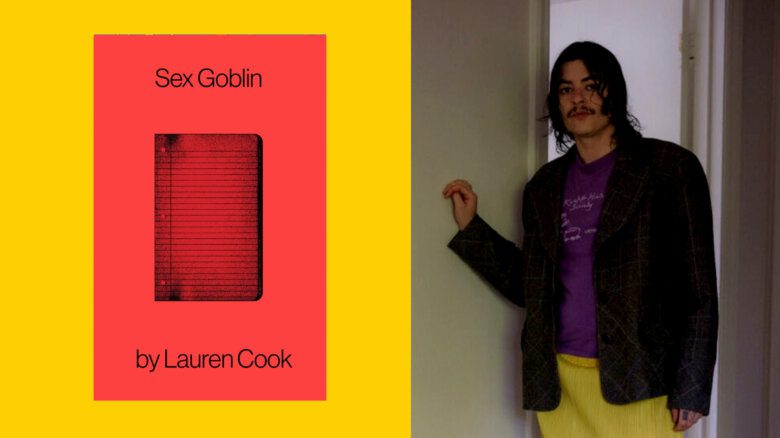In December 2022, Céline Dion put out a short video that rocked the entertainment industry. Sitting teary-eyed in a black blouse, she told viewers that she’d recently been diagnosed with a rare neurological disorder called stiff-person syndrome (SPS), which impacts about one in one million people. The disorder impacts muscle function and induces spams. This affects every part of a person’s life, from their ability to walk to their ability to work. And, for Dion, it means she can no longer perform. “All I know is singing,” she says in the video. “It’s what I’ve done all my life.”
That video ends with Dion thanking her fans, and saying she hopes to see them again soon. But in I Am: Celine Dion, the Prime documentary out on June 25, we see the viral clip from a new angle. A shaky camera keeps rolling as an exhausted Dion finishes reading from the teleprompter. She asks if the film crew captured what they needed to. Then, she slumps into her chair and wipes tears from her eyes.
The documentary is an intimate portrayal of how Dion has dealt with this life-altering illness. As a film crew follows her through a largely homebound day-to-day life, viewers get a behind-the-scenes look at what she’s been through over the last few years. While other music documentaries might focus on how the Canadian icon is perceived by those around her, I Am: Celine Dion is uniquely interested in the star’s own experiences. Dion is the only talking head in the entire film. We learn about her diagnosis, physical therapy and hopes for the future in her own words. In a live speech she gave over video at the screening I attended in Montreal before the film’s release, she said it was important that, after years of hiding her struggles with illness, her voice was the one centred.
Going into I Am: Celine Dion, I knew the film would resonate with me on two levels: first, as a person who’s loved Céline Dion; then, as someone who’s personally dealt with the difficulty of dealing with chronic health issues.
Growing up in a French-Canadian household, Céline Dion was one of the first musical artists I was ever aware of. On road trips to and from Quebec City to visit my grandmother, my mom and I would play the same CDs over and over, singing along to every word of every song. Over dinner, my grandmother would regale me with legends about seeing Dion in relatively small venues around Quebec decades earlier, before she became the world-famous songstress she then was.
These conversations with my grandmother were happening around the mid-2000s. By this point, Céline Dion was in her late thirties, and had been internationally renowned for almost 20 years. Though she’d been performing and gaining popularity among French speakers since she was a teenager, she skyrocketed to stardom in 1988 when she won Eurovision (oddly enough, as Switzerland’s entry). In the following years, she started releasing English-language albums. By the time Titanic came out, and with it her timeless anthem, “My Heart Will Go On,” it was undeniable—Céline Dion was the Canadian icon. As my grandmother recalled her small Quebec concerts to me, Dion was performing her first Las Vegas residency. To this day, it remains the highest-grossing Vegas residency of all time. She’s also secured her place as a gay icon through her often-campy fashion and her endless repertoire of power ballads about love and lust. (French speakers have associated her with queerness since the early ’90s, when she released a song about falling in love with a beautiful gay man while knowing he couldn’t love her back.)
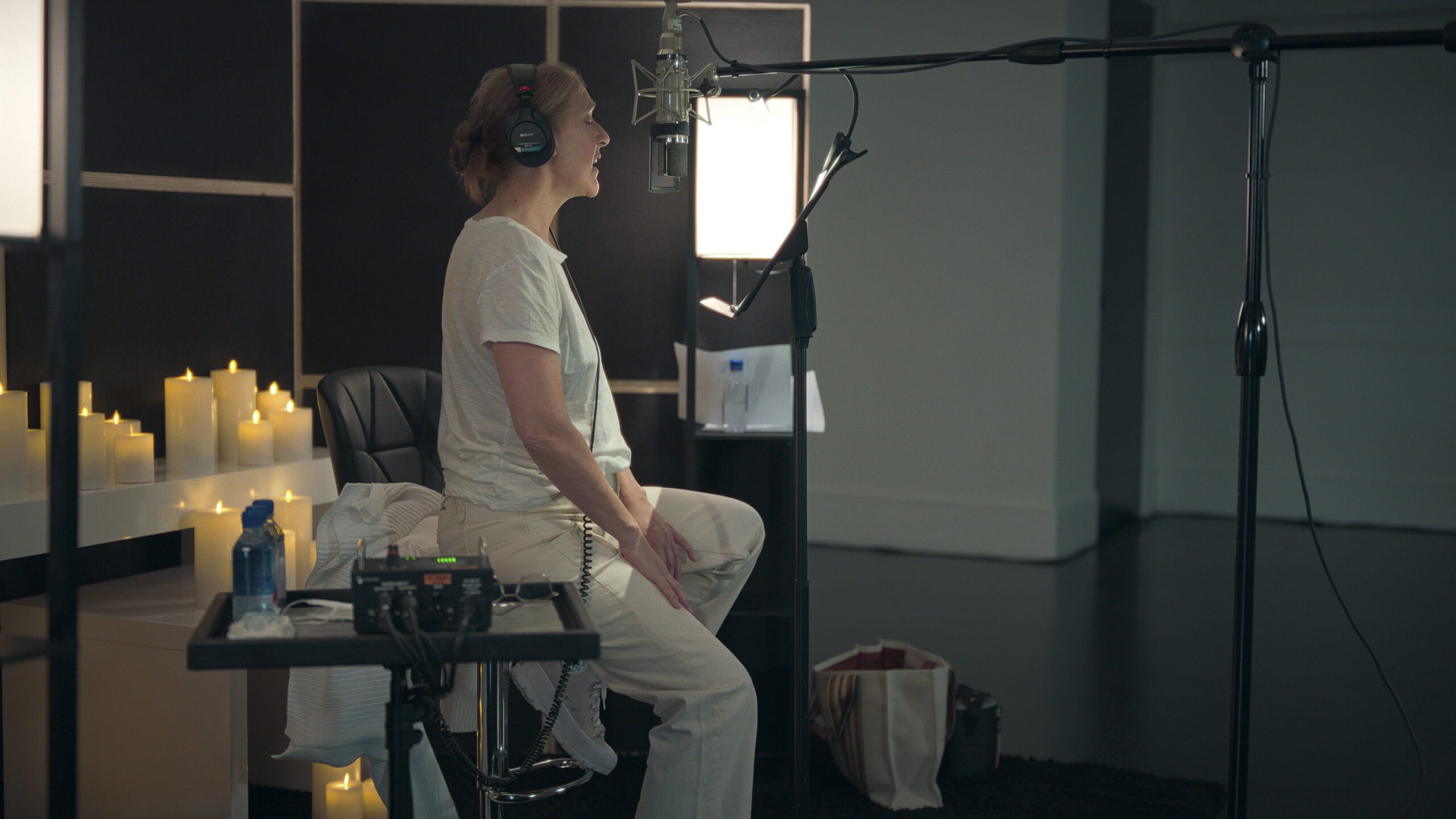
Celine Dion recording “Love Again” in a still from I Am: Celine Dion Credit: Courtesy of Prime Video
I Am: Celine Dion does a good job of showcasing just how massive and influential the star was around this time, and I remember seeing it first-hand. Loving her was a huge part of my, my mother’s and my grandmother’s lives; it brought us closer, and almost became part of our identities. It was to such an extent that when my grandmother became terminally ill with cancer when I was eight, her last wish was for the three of us to see her perform. The first concert I ever saw—and the last one my grandmother was able to experience—was that record-breaking Vegas residency. I cried the whole time; I couldn’t fully believe Céline Dion was real and that she was in front of me.
Come the late 2000s, Dion seemed unstoppable. It was incredible to watch someone from a small town in Quebec reach such an unimaginable amount of success. I Am: Celine Dion is filled with clips from around this time, showcasing the star performing for massive audiences around the world.
Only a few years after I saw her live, Dion started dealing with health issues of her own. Though she wouldn’t be diagnosed for over a decade, her first symptoms of stiff-person syndrome started in 2008, when she experienced a brief spasm that made singing more difficult.
I Am: Celine Dion shows us a side of the singer’s iconic performances previously unknown to the public. We learn that for years, Dion had to be prescribed near-lethal doses of Valium to sing. She struggled with pain and spasms before, after and sometimes even during performances. When she couldn’t hit the right notes, she’d turn the microphone to the audience and smile, pretending to listen to them singing. It’s a type of masking that many with chronic illnesses are likely familiar with; a need to seem okay while your health deteriorates. As someone who’s dealt with mobility-altering chronic pain for years, I know the feeling of trying to keep up with your life in a body that simply won’t let you. It can be exhausting and excruciating to figure out how to get by with new physical limits. Dion had to go through this painful, intimate experience on a global scale under the scrutiny of millions of fans.
Come 2023, this type of deception wasn’t sustainable anymore. As Dion’s stiff-person syndrome progressed, she lost the ability to sing the way she once had entirely: her chest is compressed in such a way that she can’t belt or hit high notes. As the documentary shows, her illness also makes it difficult to get by with much smaller day-to-day tasks. In terrifying and heart-wrenching scenes, we see her experience full-body episodes where she convulses in pain, unable to speak or move at all as her medical team tries to stabilize her.
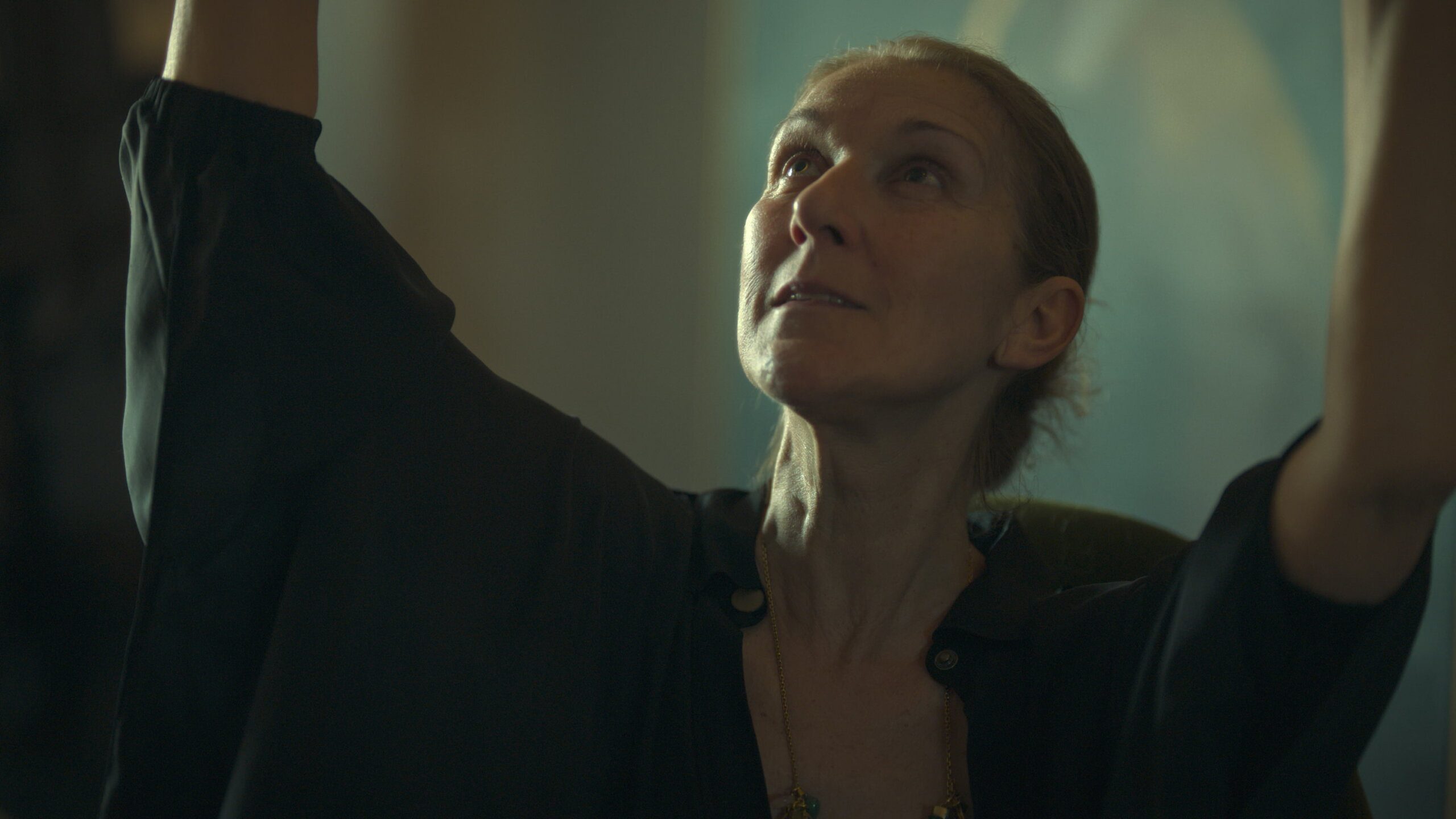
Celine Dion reminiscing on her childhood in a still from I Am: Celine Dion Credit: Courtesy of Prime Video
Beyond being a movie about a star’s career and medical journey, I Am: Celine Dion ends up largely being a movie about identity. For over three decades, people like me have known and loved Dion for her voice. Now, she’s left sorting out her life without the very thing that built her career.
“There were moments when I went into the studio, and I knew they wanted Céline Dion,” she tearfully says into the camera. “Who is Céline Dion?” She goes on to explain that, in her mind, Céline Dion has always been someone who can sing—but that’s not her anymore. “I think I was very good,” she says.
Though the documentary is filled with stark and heartbreaking moments like this, there’s also a hopeful air to it as we see Dion do physical therapy to slowly try and sing again. Ultimately, I Am: Celine Dion is a little bit disjointed and unfocused, and it fails to deliver much concrete information about what stiff-person syndrome is, or any specifics about her diagnosis. Despite that, it packs a huge emotional punch as we see how Dion has reacted to her life-altering illness, and should resonate with any fans of hers. As the movie spends much of its run-time questioning who Céline Dion is without her voice, it seems to land on a strong answer; Céline Dion is a resilient, storied woman who’s always loved a good show.
I Am: Celine Dion is streaming now on Prime Video.
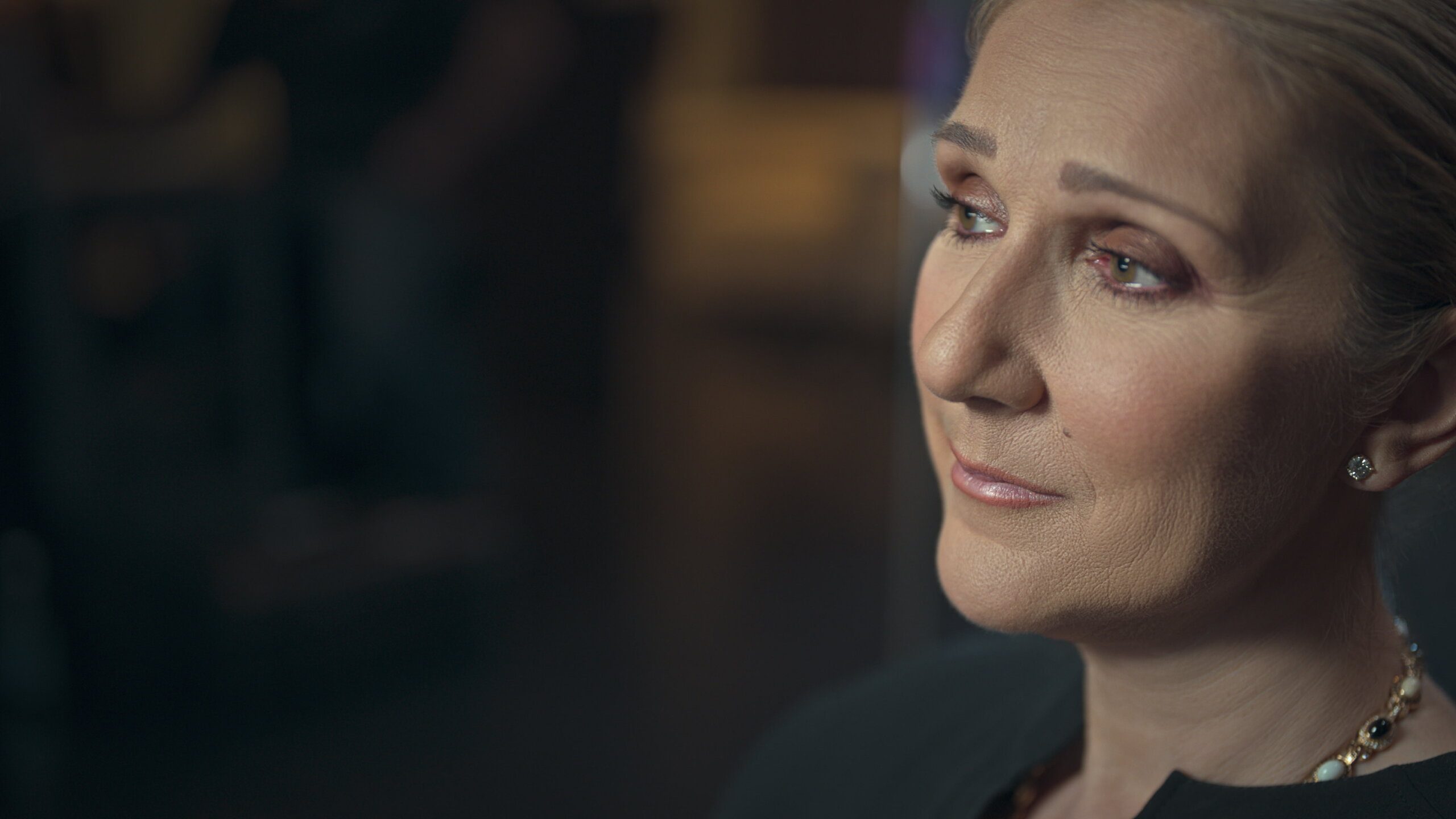

 Why you can trust Xtra
Why you can trust Xtra